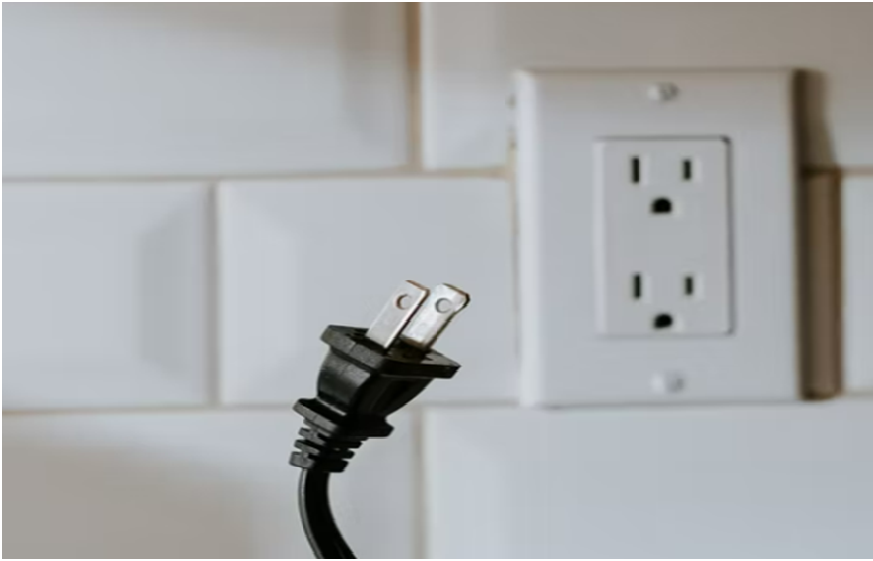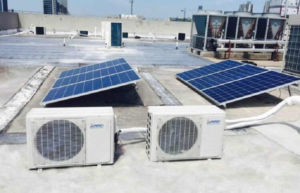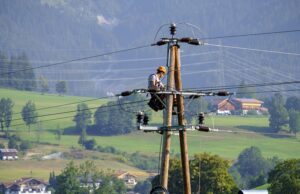How Concerning Are Power Surges Really
4 min read
Power surges most of the time go unnoticed, but when in the few times that they are noticeable, people tend to brush it off because hey, they only last for a couple of seconds right? But that is where they are wrong. Even if power surges last for a few seconds, they are quite dangerous for any electronic device or appliance that is connected to a power source.
To understand how power surges affect electronic devices and appliances, and what the cause behind them is, you must first understand what exactly counts as a power surge. There are several problems that can arise because of electricity, but a power surge is a few seconds of an unexpected spike in the voltage. Sounds harmless right? Except that it is not – not always. Power surges can be called the culprits behind the reduced lifespan of the microwave oven that you just bought last year, or the laptop charger that abruptly stopped working. So what exactly causes these surges?
What to Watch Out For
There are natural as well as unnatural causes of a power surge, but you should understand how both can trigger them in order to be smart about noticing them the next time you’re in a particular scenario.
Lightning Strikes
Yes, the most obvious causes of a power surge is lightning. But it isn’t something that counts as man-made electricity so how does it trigger a surge in the first place? Well, a power surge through cable line is one of the ways lightning makes its way into our homes and wreaks havoc of its own intensity. Lightning carries millions of volts in each strike, imagine how detrimental that would be. The strike when it hits a conductor like an underground cable or a transmission pole spreads across the grid to connected homes. That is why you would find that during thunderstorms people unplug their most expensive appliances.
Faulty Wires within the Home Structure
The wiring system in your home can also be a cause for power surges without you even knowing. Over time when wires wear out or get damaged in any minor way as well, they have a lesser electrical resistance so anytime it comes into contact with a conductor there is bound to be a power surge. It’s like when you try to plug your charger into the outlet behind your study table and it just doesn’t power on, but when you plug it in elsewhere it works. That’s a sign that the wiring in the outlet is faulty.
Other than that there are some signs that can hint at wiring being damaged, especially ones that are built into home structures. One is a burning odor from any power outlet, secondly, burn marks around a power outlet, and thirdly – something you must have encountered but mustn’t have paid attention to a buzzing sound that is audible enough coming from a power outlet or source.
Overloading a Power Source
Sometimes we tend to plug multiple devices into a since power source, and that is okay given that we have extension cords and multi-plugs to help with that. It makes it easier to plug your phone charger and your desk lamp into the same outlet.
Here is the thing, however, every electronic device requires a different voltage amount. Some have a requirement within the same range which works great, but when you plug in a device that has a higher voltage requirement, like a hairdryer with a phone charger, chances are it would trigger a surge while you’re in the process of drying your hair. And even though it may not damage your phone’s charging cable or even the hairdryer itself, sometimes it could damage the multi-plug or the power outlet itself too. That is why, it is best to only plug-in devices with the same voltage range into the same power source, for obvious safety purposes.
Is There A Way around These Surges
There may not be a permanent solution to power surges, but there is a way in which you can provide protection for your electronic devices and appliances. And that is by using Surge Protectors. Are they really worth it? Of course, for that little price that you would have to pay to use a surge protector to plug in certain devices, you could potentially save hundreds of dollars that you would have otherwise had to fill in for bills and replacements of appliances altogether.
So how do Surge Protectors work? Well, they are just like those extension cords and multi-plugs that you use, except Surge Protectors,which are pricier but rightly so. They come with built-in circuit breakers that ground the excess voltage rather than letting it pass onto the electronics that are plugged in. And how long do they last? Surge Protectors can last for up to 3 to 5 years, while they can also be good for just a couple of months – it really depends on the intensity of the power surges that they endure over time.
Conclusion
Nonetheless, Surge Protectors are your best bet at protecting your home electronics from any damage from power surges. So to answer the question of whether power surges are something that should be of concern, yes they are. They can be harmless but they can also render an appliance useless within those few seconds – there is no in between. Hopefully this was a knowledgeable read for you in all things power surges. Now you can be more vigilant and also find a way to prevent your electronics from getting damaged.






